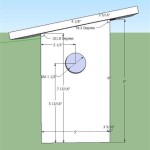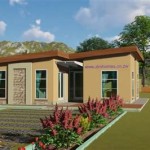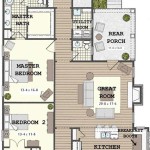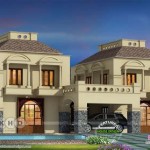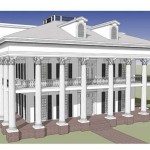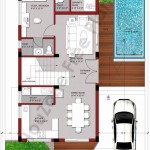Essential Aspects of Rest House Plan Design
Designing a restful and rejuvenating retreat is a delicate art that requires careful consideration of both aesthetics and functionality. When it comes to creating the perfect rest house, there are several essential aspects to keep in mind.
Location and Surroundings
The location of your rest house plays a crucial role in setting the tone for your relaxation. Choose a place that is surrounded by tranquil natural beauty, away from the hustle and bustle of urban areas. Consider factors such as privacy, access to scenic vistas, and proximity to amenities like hiking trails or beaches.
Architectural Style and Layout
The architectural style and layout of your rest house should reflect the desired ambiance. Opt for a design that complements the surroundings and creates a sense of harmony with nature. Consider open floor plans, large windows, and natural materials to bring the outdoors in and foster a connection with the environment.
Indoor-Outdoor Living
A key aspect of rest house design is blurring the lines between indoor and outdoor spaces. Create seamless transitions with expansive decks, patios, or screened-in porches that allow you to enjoy the outdoors from the comfort of your home. Incorporate outdoor seating and dining areas to extend living spaces and create additional relaxation zones.
Privacy and Security
Privacy is paramount for a restful retreat. Design your rest house to ensure both physical and visual privacy. Use landscaping, fences, or natural barriers to create a secluded haven. Consider features such as security systems, motion-activated lighting, and privacy screens to enhance a sense of safety and well-being.
Natural Light and Ventilation
Natural light and ventilation are essential for creating a bright, airy, and healthy living environment. Incorporate large windows and skylights to flood the interior with natural light. Design the layout to promote cross-ventilation, allowing fresh air to circulate and reduce the need for artificial lighting or cooling.
Amenities and Comfort
The amenities you include in your rest house will greatly influence its functionality and comfort level. Consider features such as a fully equipped kitchen, cozy fireplaces, comfortable seating areas, and outdoor amenities like fire pits or hot tubs. Strike a balance between essential amenities and unnecessary luxuries to create a space that is both practical and indulgent.
Sustainability and Energy Efficiency
Designing a sustainable rest house not only benefits the environment but also contributes to a healthier and more comfortable space. Employ energy-efficient appliances, lighting, and building materials. Incorporate passive solar design principles, such as south-facing windows and thermal mass, to reduce energy requirements. By embracing sustainable practices, you can create a guilt-free retreat that minimizes your environmental impact.

Rest House Plan With 2 To 3 Bedrooms Beautiful Plans One Y

Simple Rest House Design With 3 Bedrooms Cool Concepts Home Goods

Gorgeous Guest House Floor Plans Interior Design Ideas Alisha Taylor

Modern Concrete Rest House Plan With Carport Pinoy Eplans

Best Guest House Design In 2170 Square Feet 201 Architect Org

Rest House Plan With 2 To 3 Bedrooms Cool Concepts

Self Contained Studio Granny Flat Small And Tiny House Ontwerp Klein Huis Plannen Voor Kleine Huizen Cottage

Best Guest House Design In 2170 Square Feet 201 Architect Org

Rest House Plan With 2 To 3 Bedrooms Cool Concepts Plans Outside Design

Simple Rest House Design With 3 Bedrooms Cool Concepts

